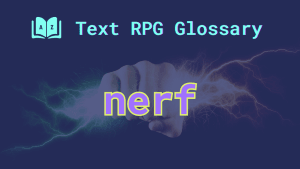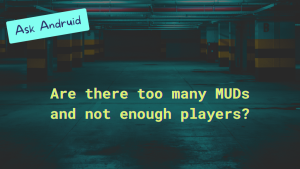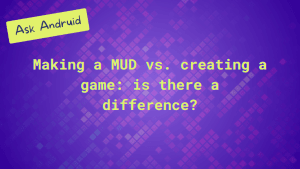What is a nerf?

A nerf is the process of making a skill, spell, or ability less powerful within a game.
This term is often used by game administrators or developers when adjusting game balance to ensure that no single strategy, character, or element dominates the gameplay. It’s also used by the players themselves when they notice or suspect that a skill has been nerfed.
Nerfing is typically implemented through patches or updates and can involve reducing effectiveness, increasing resource costs, or lengthening cooldowns.
Jump to Section
A brief history of the term
The concept of nerfing originated from online gaming communities and has become a standard term in game-balancing discussions. It is believed to have been inspired by the brand of foam-based toys, indicating making something less harmful or potent.
Nerf FAQs
What leads to a nerf in games?
A nerf usually occurs when the game’s community or developers notice that a particular skill, spell, or ability is overpowering and negatively affecting game balance. This can happen after the release of new content, an oversight in initial game design, or when players discover unintended strategies that exploit the game’s mechanics.
How do players react to nerfs?
Player reactions to nerfs can vary widely. Some players appreciate the changes as they can bring more balance and fairness to the game. Others may be frustrated, especially if they heavily invested in the nerfed element. Developers often face challenges in addressing diverse player feedback while maintaining game balance.
Can a nerf be reversed or adjusted?
Yes, nerfs can be reversed or further adjusted based on player feedback and ongoing game balance assessments. Game developers continuously monitor the impact of their changes and may decide to tweak or completely roll back nerfs if they negatively impact the game’s overall balance or player enjoyment.
How do nerfs compare to buffs?
While a nerf makes an element of a game less powerful, a buff does the opposite by enhancing the power or effectiveness of a skill, spell, or ability. Both nerfs and buffs are used by game developers to maintain balance and ensure a diverse and strategic gameplay experience.
Are nerfs only applicable to online games?
No. While nerfs are most commonly associated with online and multiplayer games, the concept can also apply to single-player games where balancing issues may arise. However, nerfs are more prominent in games with competitive or cooperative multiplayer elements, where balance is critical for fair play.
Can nerfs happen in text-based games?
Yes. If a game uses character sheets and employs a combat system, whether simple or complex, game masters can decide to lower the effectiveness of certain abilities. It doesn’t matter if it’s a video game, tabletop RPG, or a text-based game such as a MUD or MUSH.
Myths about nerfs
One common myth is that game developers implement nerfs solely to frustrate players or to force them to spend more money. In reality, nerfs are usually aimed at improving overall game balance and enhancing the gaming experience for all players.
Another misconception is that a nerf always completely ruins a character’s or item’s viability. Often, nerfs are carefully measured to adjust balance without rendering elements useless. In some cases, game admins may decide to refund skill points, XP, or other currency and allow players to re-spec after a major change.
Nerf examples
- Reducing the damage output of a popular weapon in a first-person shooter (FPS) game.
- Increasing the mana cost of a powerful spell in a fantasy roleplaying game.
- Lengthening the cooldown period of a widely used ability in a real-time strategy game.
- Lowering the health points of an overpowered warrior character in a fighting game.
- Decreasing the speed or maneuverability of a vehicle in a racing game.




Leave a Comment